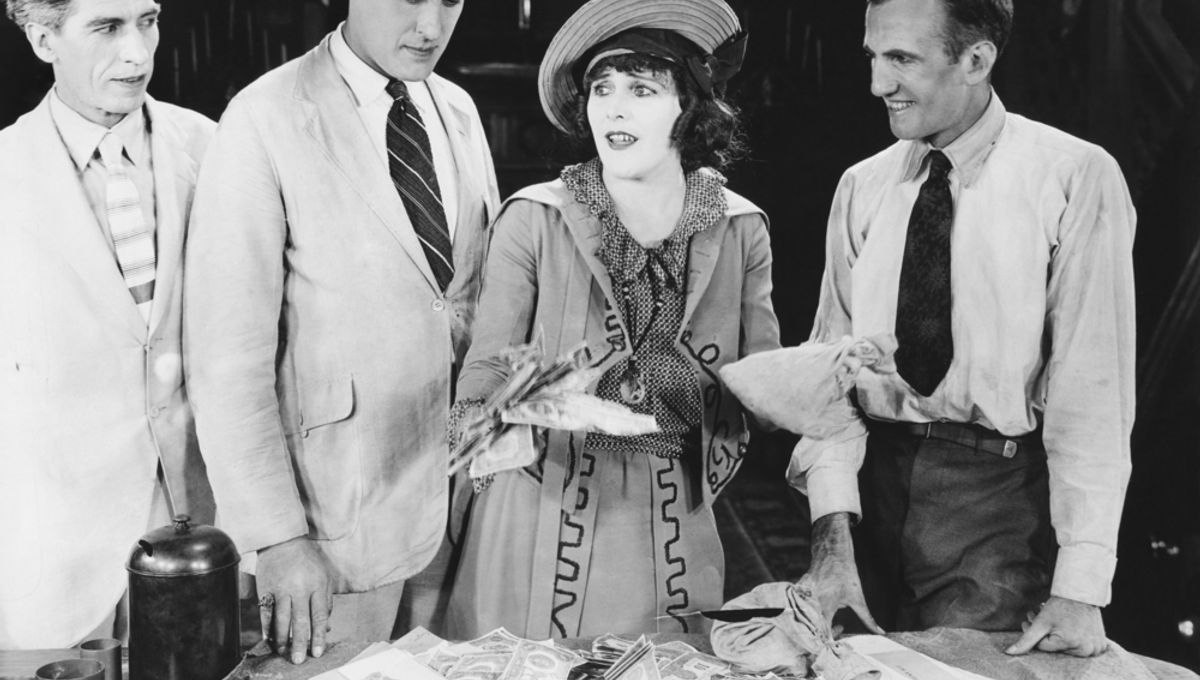
If you’ve ever had a look through your relatives’ old photo albums from when they were young, or watched old TV shows, this thought may have crossed your mind: why the hell do these teenagers look like they’re worried about mortgages and pensions on their way to their bi-annual prostate exams?
While some of it is certainly selection bias (hey, going to shock you here and say that not everyone ages at the same rate), is there any truth to the idea? A video looking into the topic from Vsauce says yes, but part of it is about how certain looks from the past become associated with being “old” as the people who wear those looks age.
As Michael Stevens from Vsauce explains in the video, there have been changes to rates of aging over time due to factors such as standards of living, improved healthcare, and lifestyle choices – of course, in the luckier parts of the world, and even within regions where these improvements have been made there are disparities between different groups based on income and class.
While it may be no shock that better standards of living affects how you age (surprise, if you work in an office you will age better than a Victorian chimney sweep who smokes 20 a day), the change is surprisingly noticeable over the course of just a few decades.
A study published in 2018 examined the changes in biological aging (from markers such as blood pressure and lung function) changed in relation to chronological age, between 1988 and 2010. They found that even in this short time frame, there were significant differences in aging, with more recent generations being biologically “younger” than those who came before them.
“Over the past 20 years, the biological age of the U.S. population seems to have decreased for males and females across the age range,” the team wrote in the study.
“However, the degree of change has not been the same for men and women or by age. Our results showed that young males experienced greater improvements than young females. This finding may explain why early adult mortality has decreased more for males than females, contributing to a narrowing of the gender mortality gap. Additionally, improvements were also larger for older adults than they were for younger adults.”
The study placed emphasis on lifestyle factors like smoking, which partly accounted for why the gap between the biological ages of men and women closed, as men began to smoke less and women caught up, plus medication use led to improvements in health.
“But a significant proportion of the decreases over time were unaccounted for,” they write. “Other explanations for the improvements in population health that we were unable to test are better early-life and prenatal conditions and reductions in infectious disease.”
While these factors may play a part in why people from the past look older to us, it’s by no means the whole story. As Michael from Vsauce notes, it would account for 60-year-olds looking 56, 40-year-olds looking 37.5, and 20-year-olds looking 19.
So what else is happening?
According to Vsauce, a big factor (along with all the other changes, such as improvements in dental care and sunscreen protecting the skin from aging) is merely our biases on how we view older fashions. As we associate old fashions with being old – think of your dad’s refusal to stop wearing that same shirt he’s worn since 1972 – we retroactively associate those fashions with being old, even when looking at photos of objectively young people from 1972 wearing that same shirt.
Throw in some selection bias (google Sonny from Grease if you’d like to see a spectacular example) and you’ve probably got a good account of why people from the past appear older than they do now.
An earlier version of this article was published in July 2022.
Source Link: Why Did People "Look Older" In The Past?